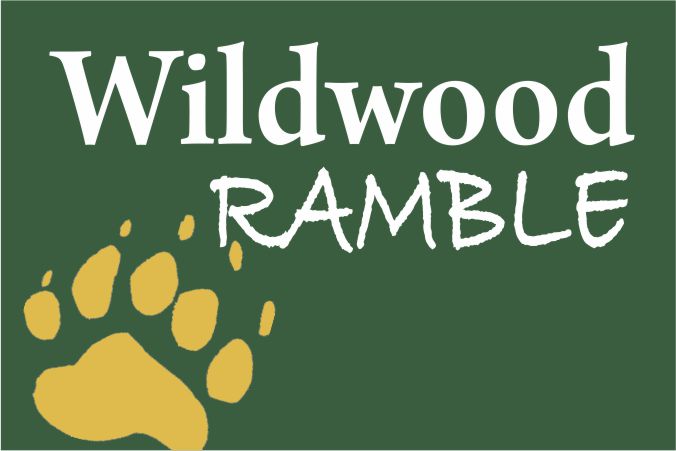
3 minute read
Nature's Raincoat
BY ALEXANDER SMITH EIS NATURALIST
It’s late afternoon here at Wildwood, and a slight chill hangs in the air. For someone who spends nearly all their time working outdoors, I’m often surprised by how woefully unprepared I am for the weather.
As the rain begins to fall, I watch a large Douglas-fir sway gently in the breeze. Its bark, which can grow over a foot thick, serves as a natural rain jacket, helping it survive through the changing seasons.
This got me thinking — tree bark is nature’s perfect raincoat. Though each species has its own distinct bark, the effectiveness of this natural shield in protecting the tree is universally reliable.
Douglas-fir
The Douglas-fir, also known as Ts’sey’ by the Indigenous Peoples, is one of the most iconic and widespread trees on the Island. The bark of a mature Douglas-fir is thick, deeply furrowed and can range from grey-brown to reddish-brown. This thick, ridged bark provides significant fire resistance, allowing the tree to survive in fi re-prone landscapes. The bark acts as insulation, protecting the tree’s vital inner layers from heat. Additionally, it creates habitats for insects and fungi, which in turn attract birds and other wildlife.
Western red cedar
Xpey or Western red cedar is revered by the Indigenous Peoples of the Pacific Northwest, has fibrous, stringy bark that is reddish-brown and peels off in long strips. While the bark is thinner than that of many other conifers, it is incredibly versatile. Indigenous communities traditionally use red cedar bark to weave baskets, mats and clothing. The bark also contains natural preservatives that protect the wood beneath from rot, contributing to the tree’s longevity. As the bark decays, it enriches the soil, promoting nutrient cycling, and shelter for small mammals and insects, making it an integral part of the ecosystem.

Arbutus
Qaanlhp or Arbutus tree is one of the most striking species on Vancouver Island, with smooth bark that ranges in colour from green to reddish-orange. The outer layers of its bark peel away in thin sheets, revealing a lighter, often pale-green layer beneath. This process, called exfoliation, is part of the tree’s natural growth cycle. The smooth, peeling bark of the Arbutus helps reduce the growth of moss and lichens, minimizing competition for sunlight and nutrients. Arbutus trees thrive in dry, rocky soils, and their unique bark makes them well suited to the Island’s coastal environments.
Bigleaf maple
Ts’alhulhp, Q’um’-unulhp or bigleaf maple is a common deciduous species found in Vancouver Island’s temperate rainforests. It’s rough grey-brown bark is often covered with mosses, lichens and even ferns in the Island’s moist climate. The texture of the bark creates a microhabitat for epiphytic plants, whose presence act as an indicator for overall forest health.
Tree bark does more than just protect the trees themselves — it supports the entire ecosystem. Bark provides homes for countless insects, birds and small mammals, and as it decomposes, it enriches the soil with nutrients. For the Indigenous Peoples of Vancouver Island, tree bark, particularly from red cedar, holds profound cultural significance. It has been used for centuries in traditional crafts, clothing and even shelter, symbolizing a deep relationship with the land and its resources.




